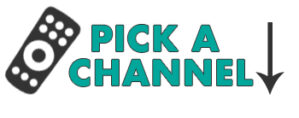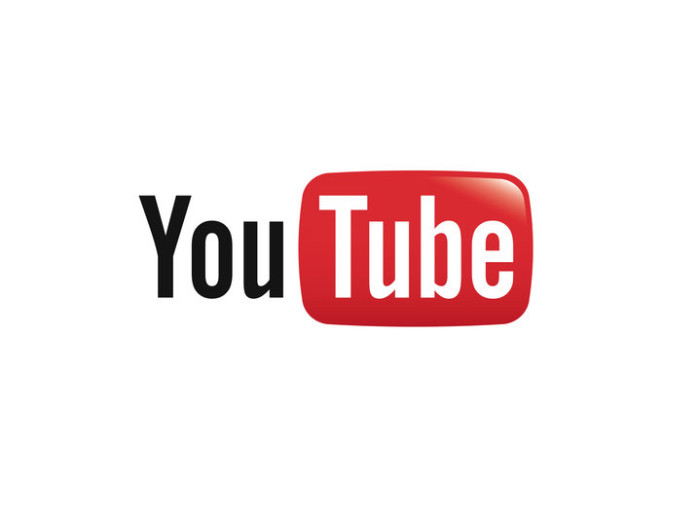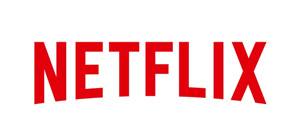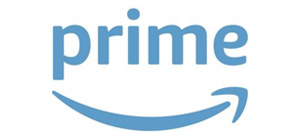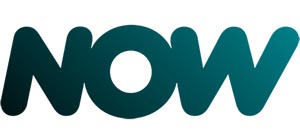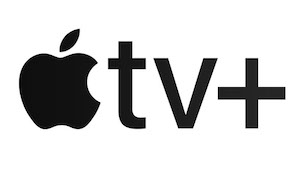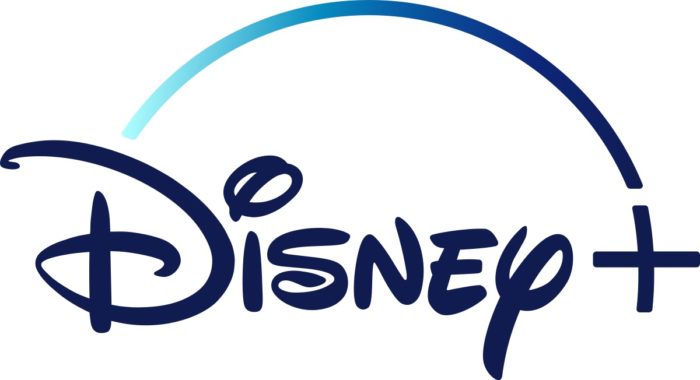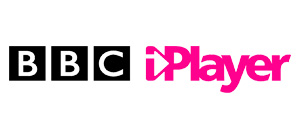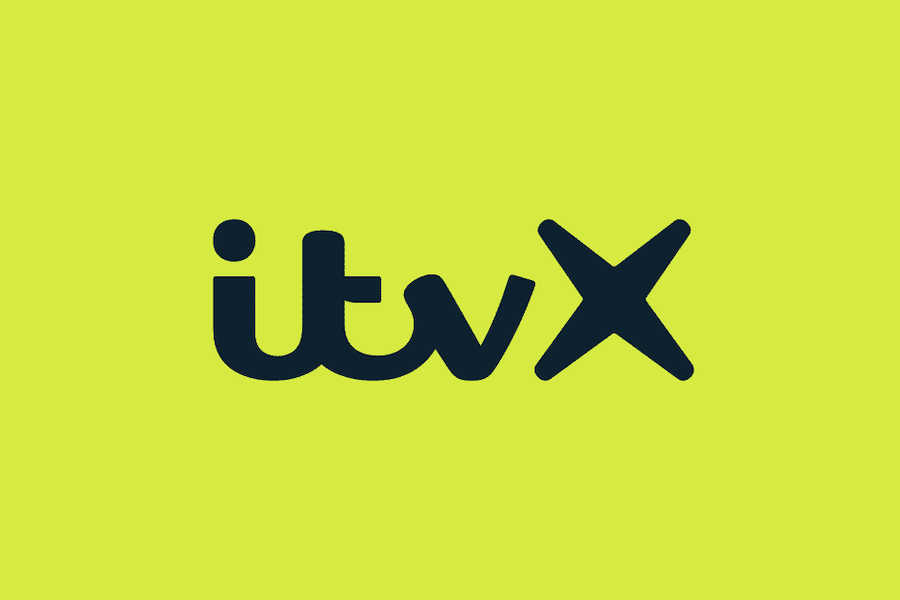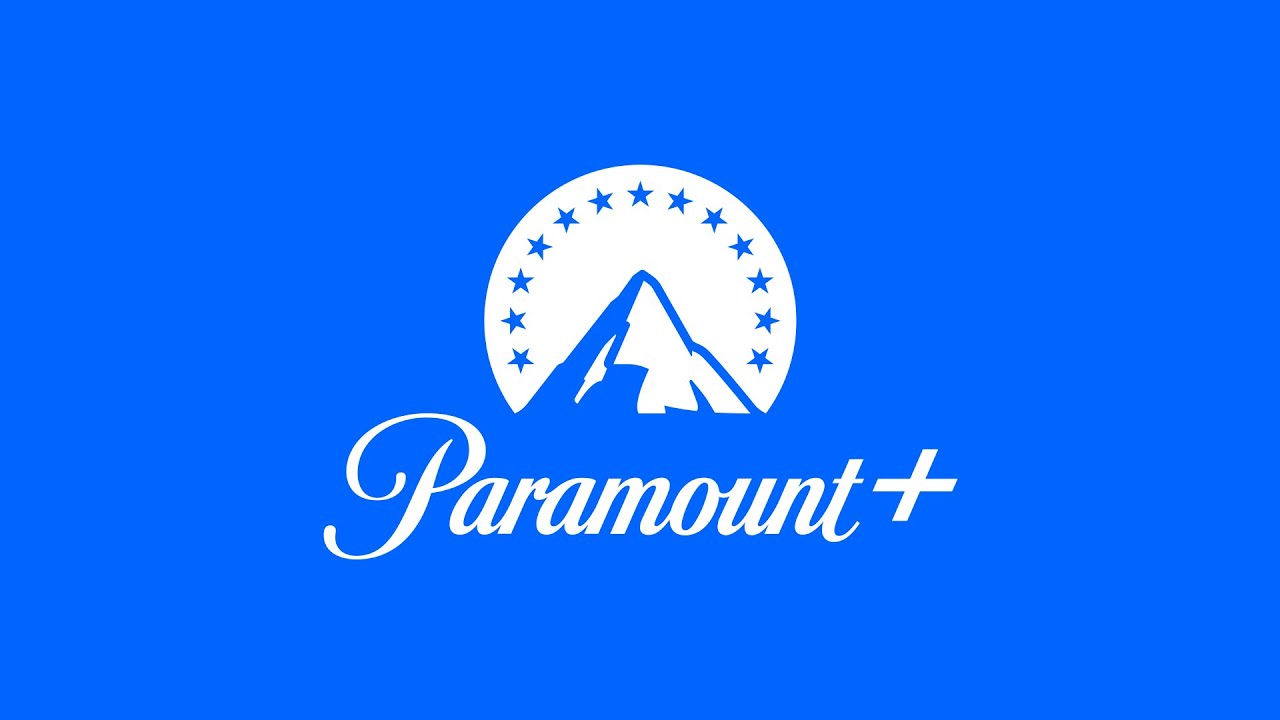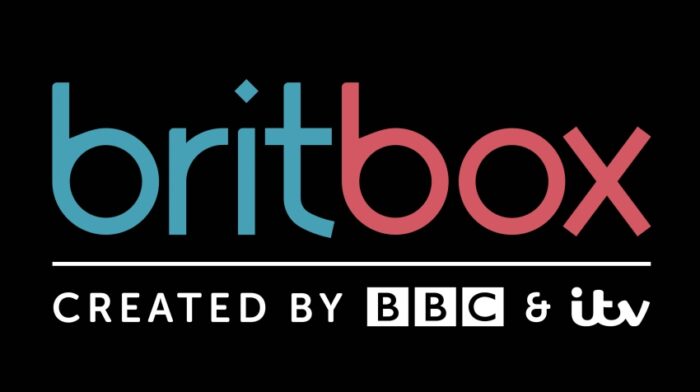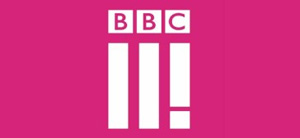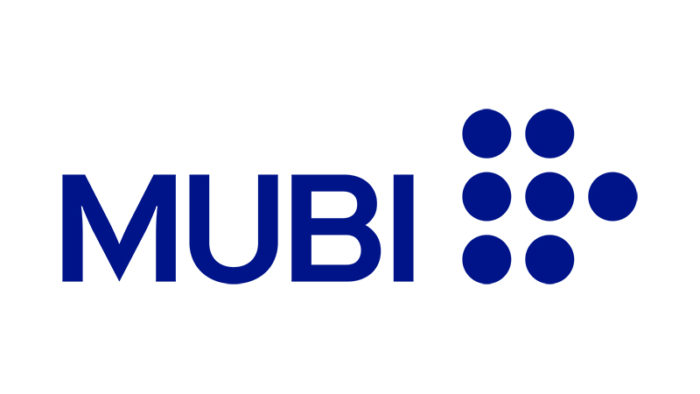YouTube takes on cable TV with live subscription service
David Farnor | On 02, Mar 2017
After months of speculation, YouTube has officially entered the live TV game, unveiling a brand new cord-cutting subscription service.
Simply called YouTube TV, the the package is part of a growing wave of “skinny bundles”, which offer a handpicked selection of premium channels without viewers having to stump up for the full cost of a traditional cable contract.
In the UK, where pay-TV is less prevalent due to the licence fee, such cord-cutting are not as common, although Sky has enjoyed significant success in offering a skinny version of its own portfolio, for a contract-free monthly subscription. In the US, though, YouTube TV is one of several, similar offerings, from Dish’s established Sling TV to Sony PlayStation Vue and AT&T’s new DirectTV Now. Hulu has also been reportedly looking to launch something similar.
YouTube’s bundle has been in the works for some time, with headway finally being made last autumn, when CBS signed a deal with the site. Big network players such as ABC, NBC and Fox have since followed suit, although MTV and CNN have not.
“Unlike online video, people can’t watch TV when they want, on any screen and on their terms, without commitments. Consumers have made it clear that they want live TV without all the hassle,” said YouTube, in a statement announcing the service. “They don’t want to worry about their DVR filling up. They don’t want to miss a great game or their favorite show because they’re on the go. They tell us they want TV to be more like YouTube.”
Pitched as “live TV designed for the YouTube generation – those who want to watch what they want, when they want, how they want, without commitments”, the full line-up includes live streaming from ABC, CBS, FOX, NBC, ESPN, regional sports networks and a handful of popular cable networks. That means it covers broadcast shows such as Empire, The Voice and The Big Bang Theory, as well as sports from ESPN, Fox Sports Networks and Comcast SportsNet. Subscribers can also add Showtime, or Fox Soccer Plus for an additional charge. It automatically includes all of YouTube Red’s Original series and movies.
The services uses a cloud DVR, with no storage limits, so viewers can record an unlimited number of live TV shows simultaneously and never run out of storage, with each recording stored for nine months. Streaming can be done on mobile devices and computers, as well as through a Google Chromecast or Chromecast built-in TV.
The price for YouTube TV? $35 a month.
The service isn’t available in the UK, and it is unlikely that YouTube would look to launch something similar here anytime soon, but with Google one of the biggest forces on the web, YouTube throwing its weight behind the skinny streaming movement paints a compelling picture of this as part of the future of TV.
YouTube reportedly signs CBS up to Unplugged streaming bundle
24th October 2016
YouTube has reportedly signed CBS up to its Unplugged streaming bundle.
The rumoured “skinny” package, which would effectively be a low-cost alternative to cable in the US, first came to light earlier this year. It followed the launch of YouTube Red, a subscription service for YouTube fans wanting exclusive videos and an ad-free experience. Initially, reports suggested that YouTube was planning to partner with major media firms for that service, but the final product became focused on YouTube-oriented content instead, featuring by YouTube original productions and YouTube stars.
Now, YouTube is moving ahead with its other subscription plan as a separate package, offering live TV for somewhere between $25 and $40 a month. CBS is the first sign on the dotted, according to reports from the Wall Street Journal, confirmed by The Hollywood Reporter. Disney-ABC, 21st Century Fox and NBC Universal, all of whom were said to be in initial talks with YouTube earlier this year, are now in advanced negotiations to join the bundle.
Unplugged would then launch in 2017, effectively providing a rival service to SlingTV and Hulu’s own planned live offering.
YouTube has refused to comment on the reports, but sources told THR that YouTube is aiming to sign up around two or three anchor broadcasters for launch. It would provide the with another way to earn monthly income in addition to the growing number of standalone OTT services, such as CBS All Access, which will be home to the new Star Trek Discovery series in the US. While CBS All Access costs $6 a month, and cable companies such as Comcast generate $2 a month per subscriber, YouTube Unplugged is thought to earn CBS a figure somewhere in between.
While cable and cord-cutting is largely a US phenomenon, due to the differences between the UK and American TV markets, the move marks a major shift for YouTube from its flagship video streaming to a bigger role within the media landscape. Could smaller, customised bundles, such as YouTube Unplugged eventually become the norm for TV? 2017 may provide us with an answer.
OTT race heats up as YouTube and Hulu plan cable TV rivals
5th May 2016
The over-the-top TV race is heating up this week, as reports surface of both YouTube and Hulu planning to launch subscription streaming services.
Online services offering television directly to consumers are gradually growing in number, as younger viewers prefer to cut cords and avoid lengthy contracts, paying only for what they watch.
Dish’s Sling TV, which offers a range of premium channels, including ESPN, AMC, CNN and the Disney Channel for $20 a month, paved the way with a US launch last year. Since then, it has seen steady, if not remarkable growth, with subscribers reportedly passing the 600,000 mark this year.
Are such “skinny” options, which offer a mix of network and paid Cable content but in smaller packages, the future for media? While the decline in traditional TV ratings and pay-TV customers is small at the moment, Google clearly thinks so. Bloomberg says the company is now in talks with cable TV channels to launch a service as soon as 2017.
Anonymous sources told the site that the paid service, which would be called Unplugged, could carry content from Comcast Corp.’s NBCUniversal, Viacom Inc., Twenty-First Century Fox Inc. and CBS Corp., if talks lead to any concrete deals.
The move would follow the launch of YouTube’s existing SVOD service, YouTube Red. Initially, reports indicated that YouTube was interested in partnering with major media firms for that service, but the final product became focused on ad-free viewing of YouTube content, supporting by YouTube original productions.
YouTube has declined to comment on Bloomberg’s report, but this is not the first time Google has eyed up the OTT market, with Google TV failing in 2010.
Hulu, however, is reportedly further along the path to launching its own online TV service. The Sling-style service would reportedly include both live streams of TV and a cloud-based digital recorder, with talks apparently ongoing with ABC, ESPN, The Disney Channel, Fox, Fox News, FX and Fox-owned sports channels.
Both follow Amazon, which has entered similar territory by boosted its Amazon Prime Video package with bolt-on subscriptions for access to Starz, Showtime and other third party broadcasters’ content.
Apple, meanwhile, continues its attempts to launch a streaming service for its Apple TV box. Even AT&T has announced its plans to launch an online TV package.
Is there any space left for YouTube in the market? The problem, once again, comes down to prices and rights, hurdles that saw YouTube strike out on its own last year with YouTube Red.
“Like Apple, YouTube has struggled to secure all the channels it wants at a desirable price,” notes Bloomberg. “YouTube wants to sell a package for less than $35 a month, the people said, but large media companies expect new providers to pay more per channel than existing partners Comcast and AT&T Inc.”
Christian Oestlien and Jonathan Zepp are reportedly among the executives working on developing the project this time, with the company keen to launch as soon as possible. Still, though, there are no agreements yet for any premium content.
One option may be for YouTube to launch a service compiling smaller TV channels, such as Comedy Central, or themed bundles of channels to add to a central package. With YouTube’s audience and reach among younger viewers, success with any smaller broadcasters would demonstrate the site’s ability to bring the Internet generation into the more traditional media fold.
“I don’t know how much demand there will be for these packages,” Barton Crockett, an analyst at FBR Capital Markets, tells Bloomberg. “The Internet is setting the ground work for the possibility of consumer adoption of skinny bundles at a level we haven’t seen before, but for now the numbers are pretty small.”
The OTT race continues.

